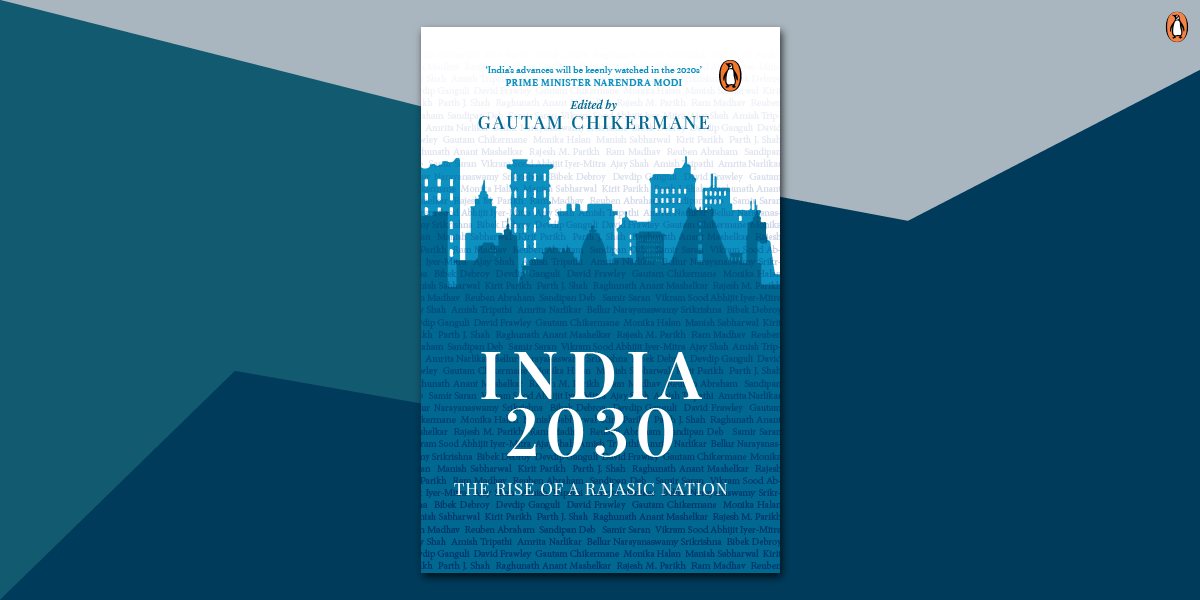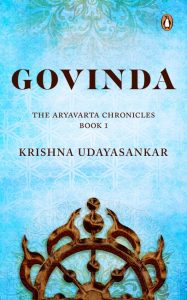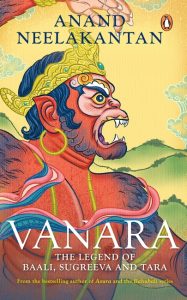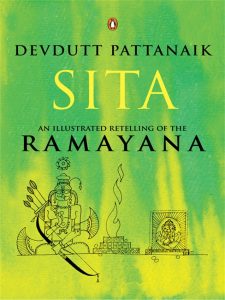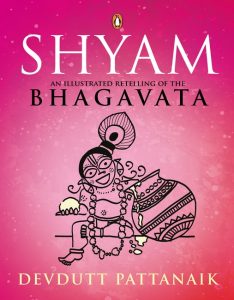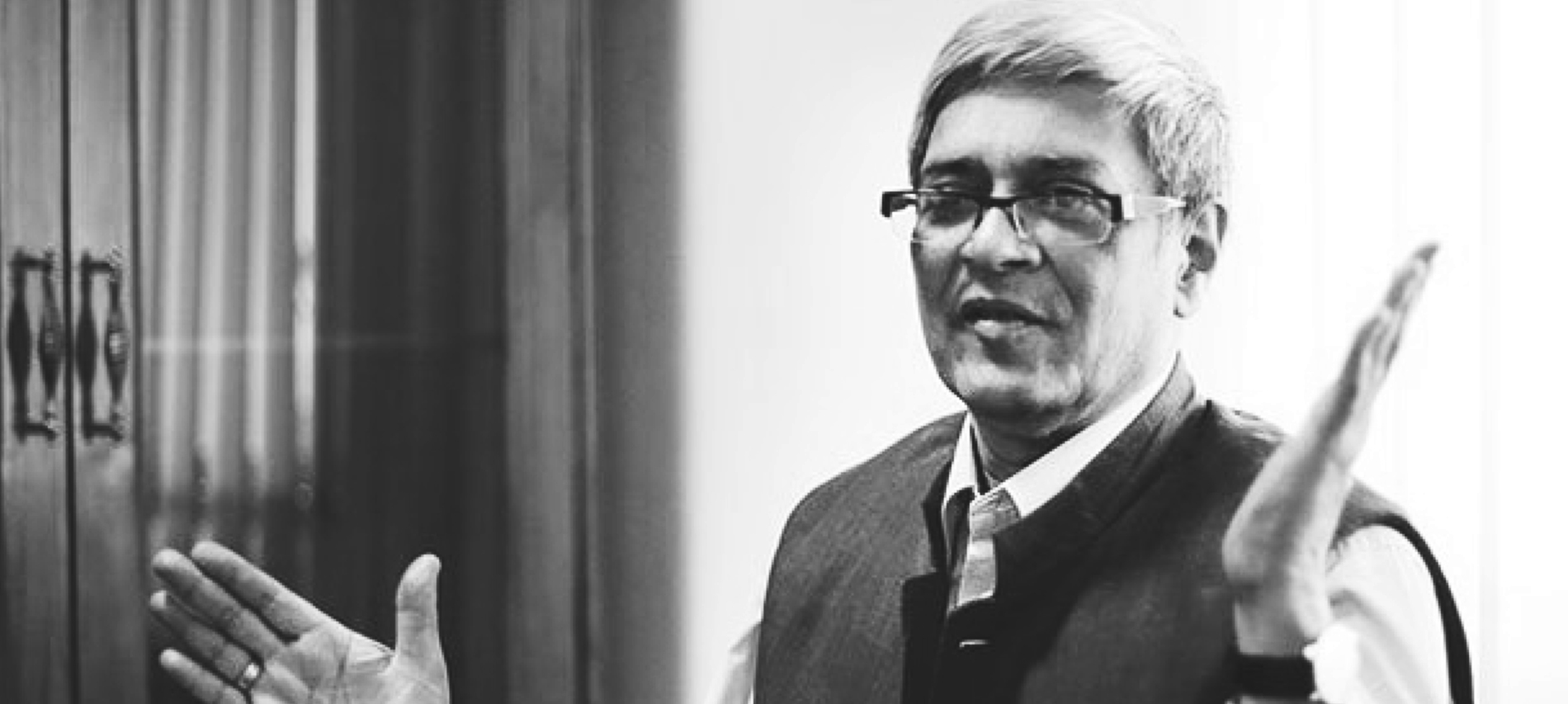In India 2030, thought leaders from twenty diverse fields, ranging from politics, economics and foreign policy to health care and energy, predict what 2030 will look like for India and how the nation will evolve in this decade. The book can be seen as a handbook for citizens, a road map for policymakers and a guide for scholars. Its collection of essays capture the many aspects of a future that will see India becoming the world’s third-largest economy and a regional power before the decade gets over.
Here’s an excerpt from the book on how technology will revolutionise the way we mete out justice in the 2020s.
**
The biggest change in justice in the coming decade will be the use of technology in courts. Artificial intelligence will not only help organize cases, it will also bring references into the judgment at a speed not seen so far. Technology will ensure that those who do not have access to justice due to distance will not be excluded anymore. Appointments of judges to the higher judiciary, the high courts and the Supreme Court, will see a change in the 2020s. The collegium system has exposed its weaknesses; its critics say that the system has degenerated into cronyism and is arbitrary, with merit as a mere sideshow. Again, technology will ensure that by the end of the decade, this system is revamped and rationalized towards objective criteria. When India enters the 2030s, it will do so with a more robust, transparent and credible system.
The law and justice system operates to touch our lives in two ways. First, in the sphere of transactional events in our daily lives. Second, in the sphere of litigation: of lawyers, judges and the various fora for resolution of conflicts and disputes. Indubitably, there need be to be, and will be, drastic changes at both levels. The decade ahead will ensure these constitutional aspirations are fulfilled. Besides, citizens need to be educated generally, and in particular about their basic human rights. They need to be empowered to demand the satisfaction of these basic rights by society. They also need education on the means by which society can be compelled to accord to them the basic necessities of life. These too will expand in the 2030s.
Democracy, Constitution and Justice
These changes will not be easy to make. In a democracy based on adult franchise and wedded to the rule of law, like India, this could be a herculean task. While India has a brilliantly worded constitutional document, there are millions who are unaware of the true nature of the Constitution. There is a crying need to educate the people on their fundamental rights guaranteed in Part III of the Constitution and the Directive Principles of State Policy declared in Part IV, which determine the path of governance for the state.
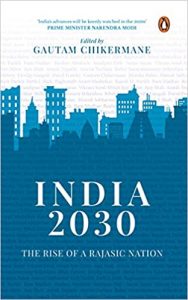
Access to information through low-priced telecommunications infrastructure will multiply the speed with which people will be able to learn and exercise their rights. When there is holistic awareness about the rights and the means of exercising those rights, the scene will shift to the legal arena. If the rights are required to be satisfied by the state, and if the state is deficient, the rights can only be enforced by resort to legal machinery and judicial fora. As people understand their rights and access to justice improves, litigation will rise.
…
Technology as a Change Agent
The extended lockdown in the wake of COVID-19 radically changed the lifestyles of all players in the field of justice— litigants, lawyers and judges—forcing them to resort to online resolution of disputes. It has also taught citizens the need for increased use of digitization. That would necessarily entail massive investment in the hardware and software required for effectively running virtual courts in the country. Though feeble attempts were made in the past for e-filing of petitions in the Supreme Court, they turned out to be mostly photo ops. Now there is an opportunity to test the verisimilitude of the words of the bard of Avon, ‘sweet are the uses of adversity’. And the Supreme Court has grabbed this opportunity with both hands and set the stage for speedy and more efficient delivery of justice in the decade ahead.
In May 2020, the Supreme Court introduced a new system of e-filing as a process tool and artificial intelligence as reference support infrastructure, both of which are characterized by efficiency, transparency and access to court- delivery services for every user. Effectively, India’s courts have ushered in a new and future-ready justice dispensation system that is not only in tune with the coming decade, but will also ensure it becomes the base for justice delivery in twenty-first- century India. The four key components of this system—24/7 filing, online communication of defects and scrutiny of matters, e-payment of court fees and digital signature for filing-related conversations—will speed up the court process. These process reforms stand on the infrastructure provided using artificial intelligence, and will play a big role in the organization of courts, categorization of matters and process automation. It will also enable extraction of information from court documents at the rate of one million words per minute and can be used by judges to decide a case. In the middle of COVID-19, these experiments in virtual courts have delivered success. Going forward, they will become the norm.
Once the use of artificial intelligence becomes a judicial standard, it will percolate and fix another problem: the continuing vacancies in judicial posts. Presently, 25–45 per cent of judicial posts remain vacant for unduly long periods, which puts a disproportionately large burden on the incumbents of other posts. This is a problem whose genesis is more in a lack of will than in a lack of resources. With appropriate artificial intelligence solutions, it will be easy to draw up a reserve list of judicial officers that can be kept updated, so that the proper person can be identified and promptly placed in the appropriate vacancy without loss of time. The 2020s will see this being implemented, and a major portion of the judicial pendency issue will be tackled effectively and resolved.
**







